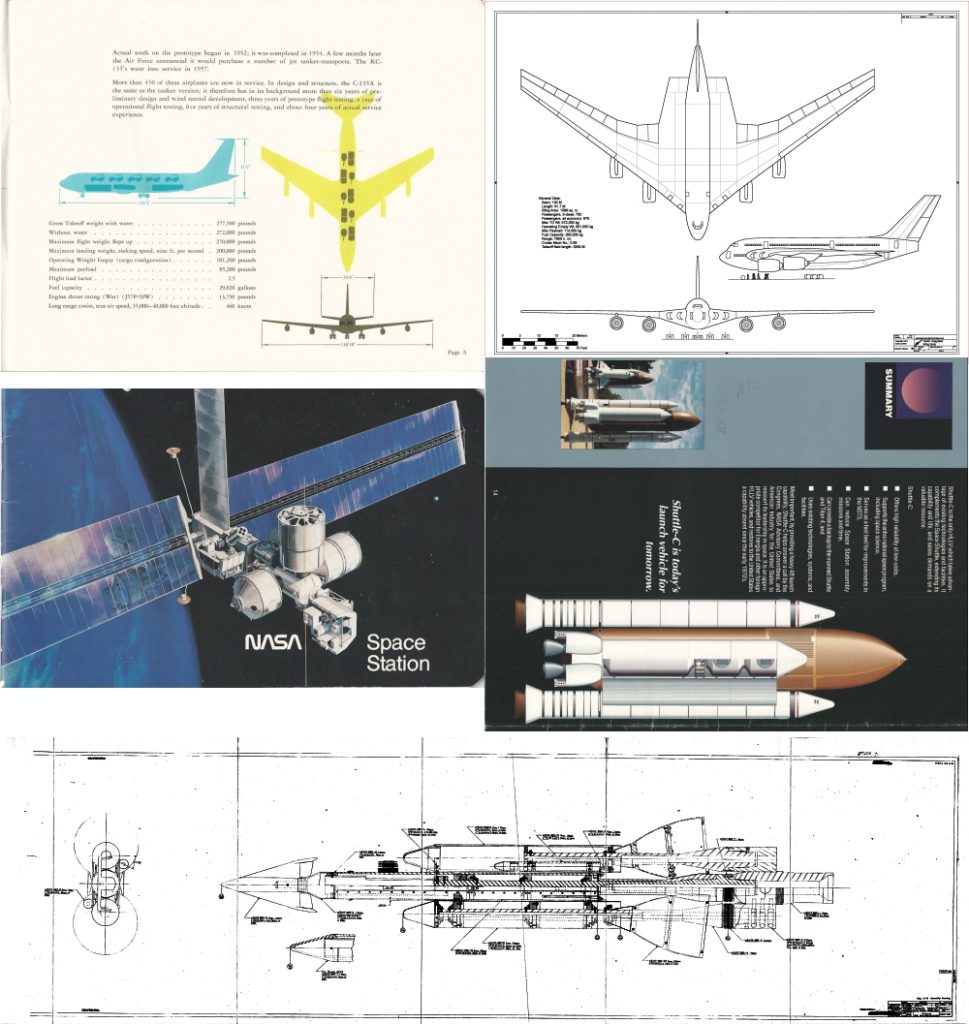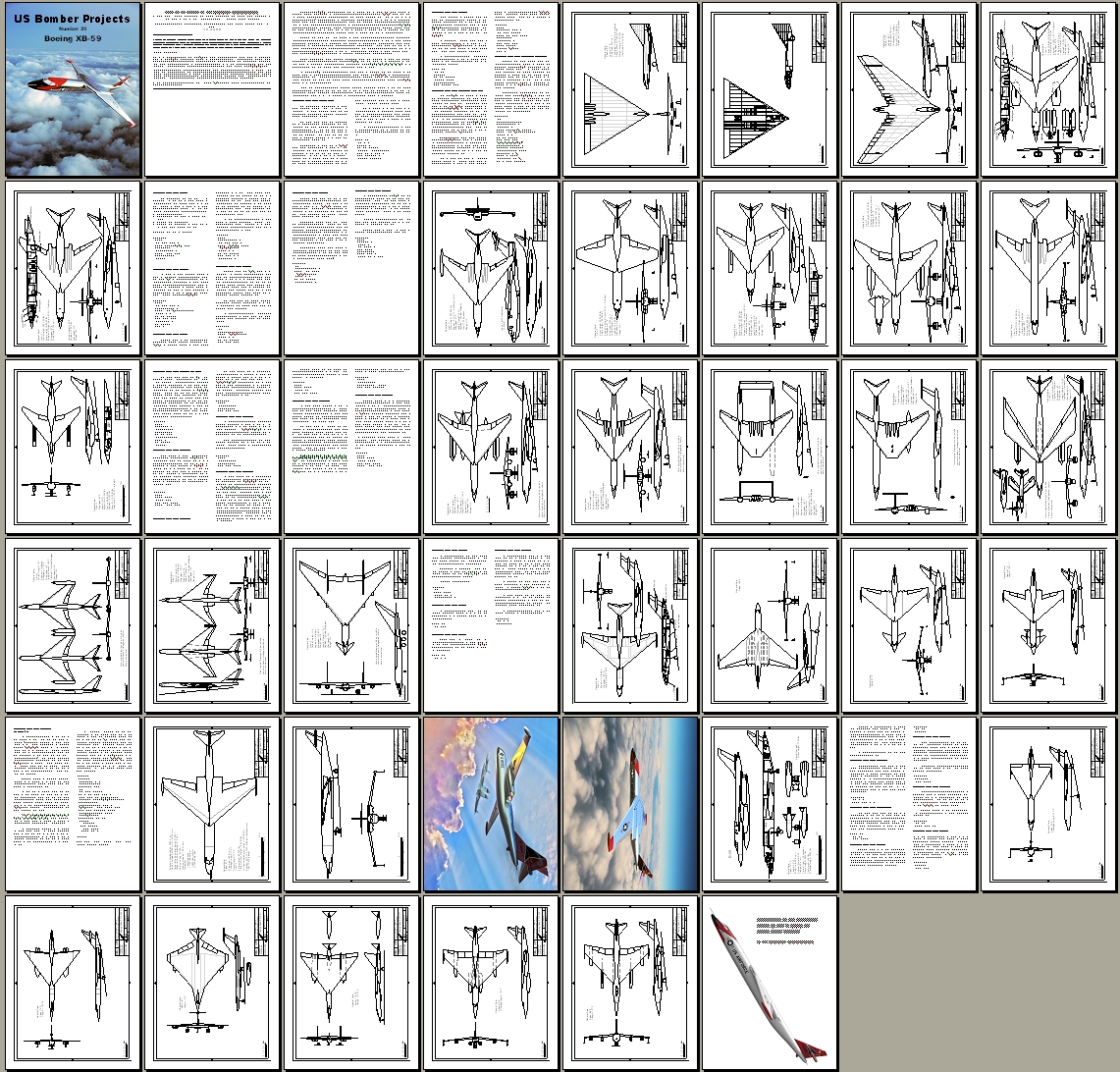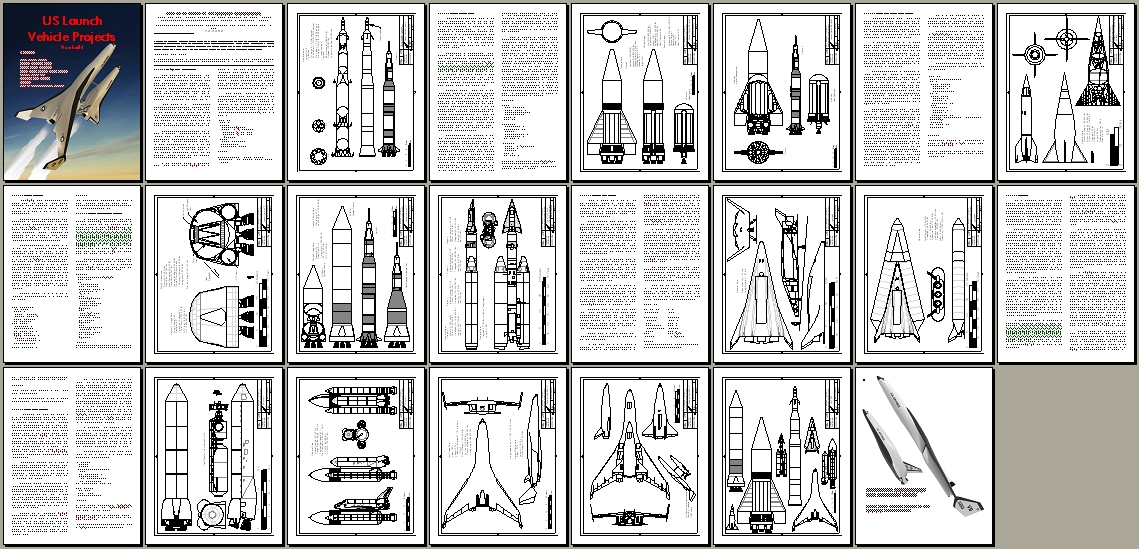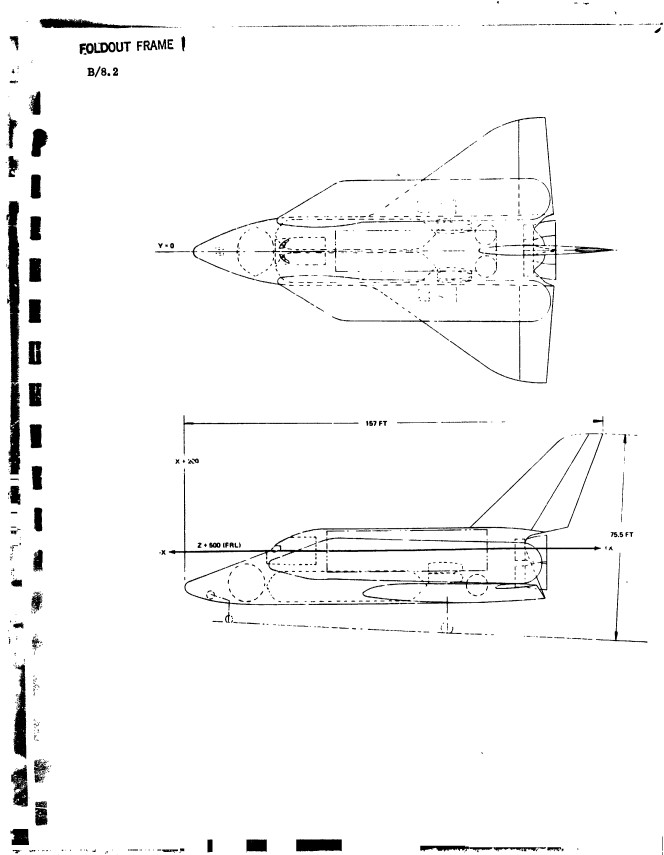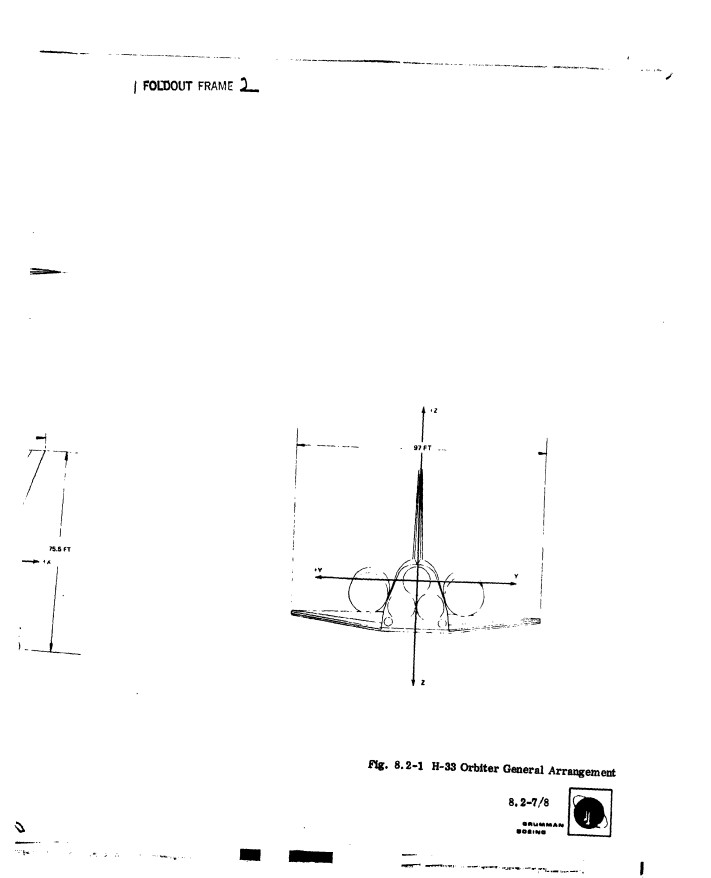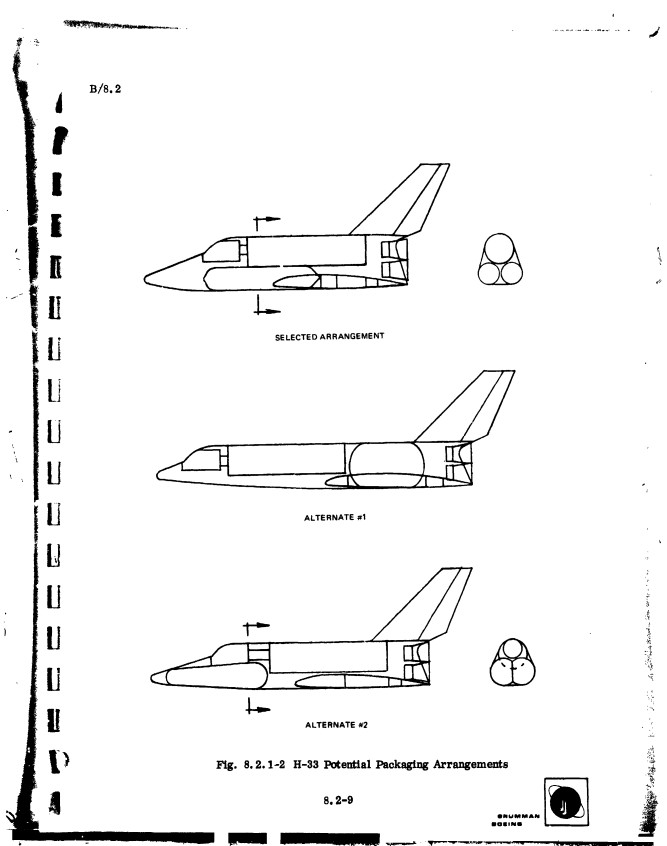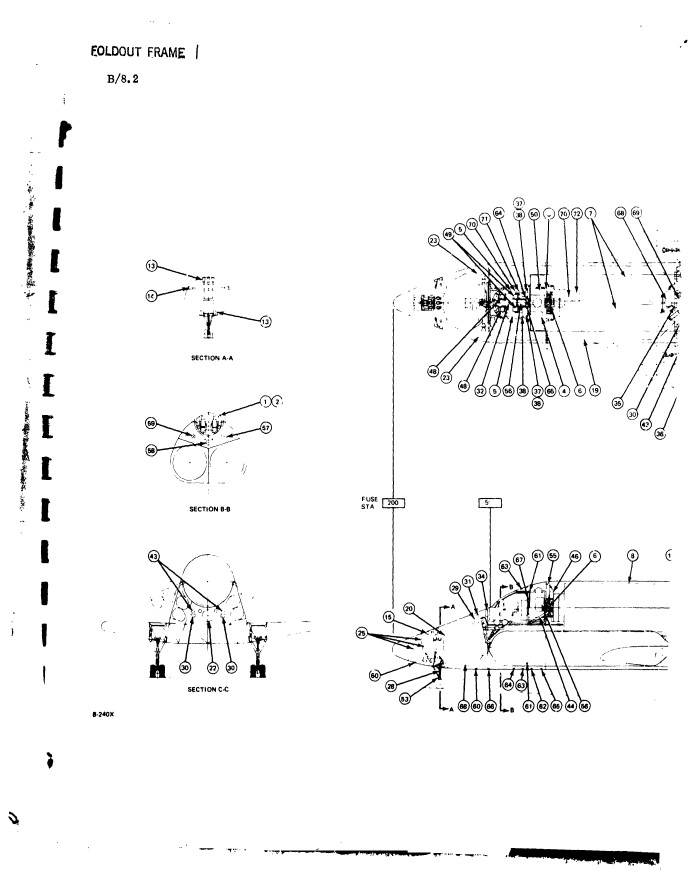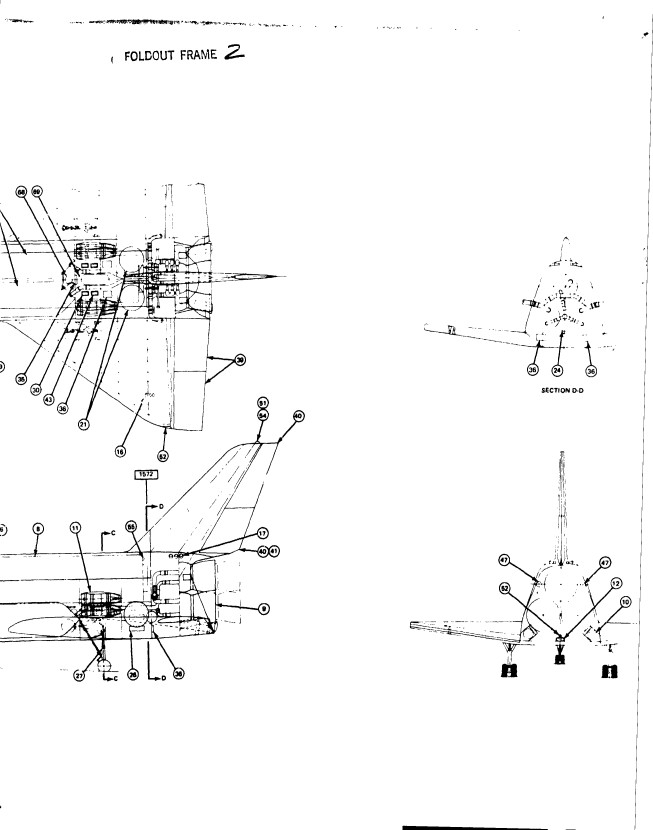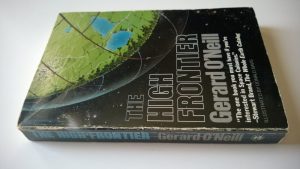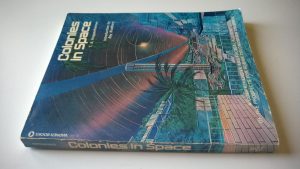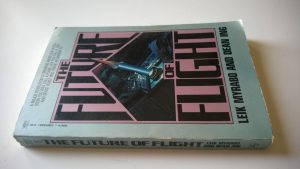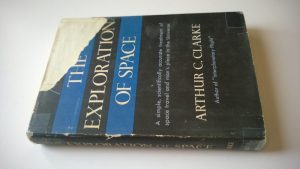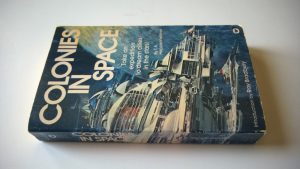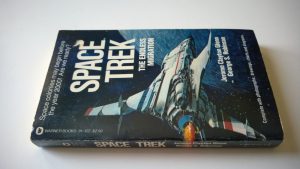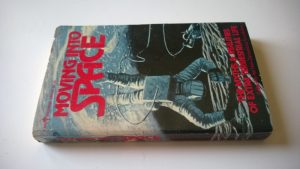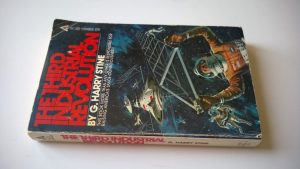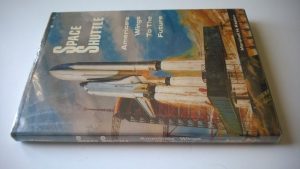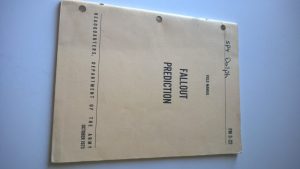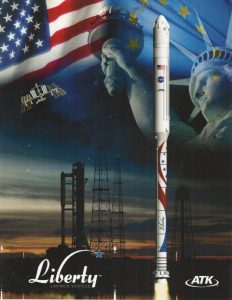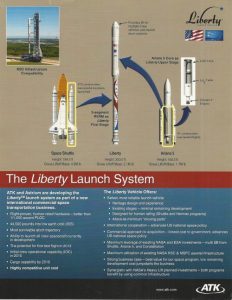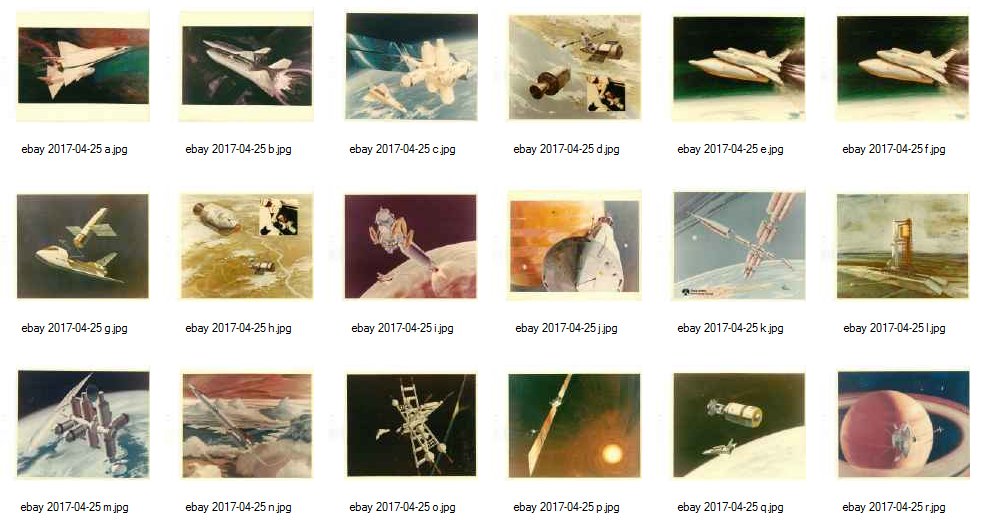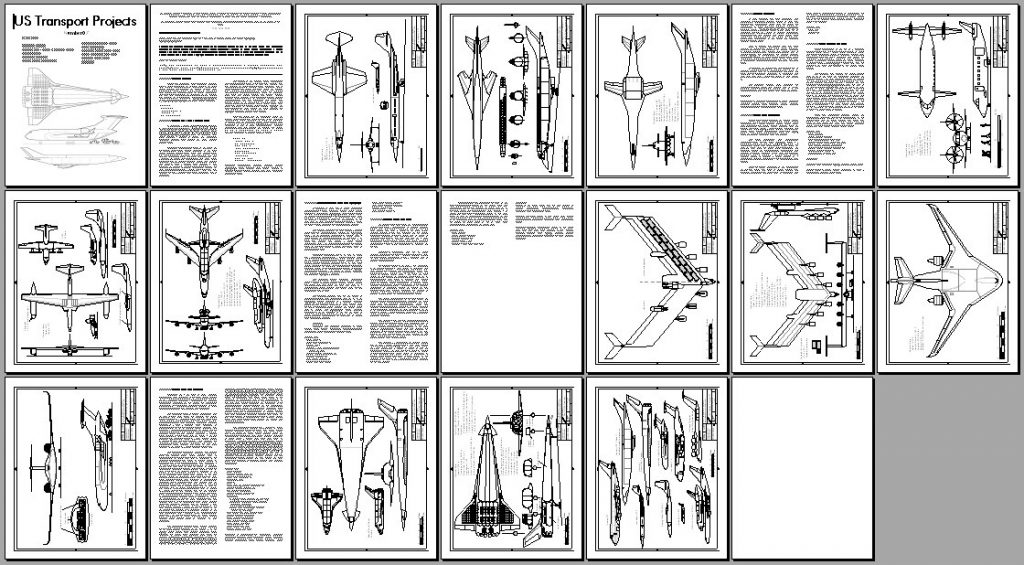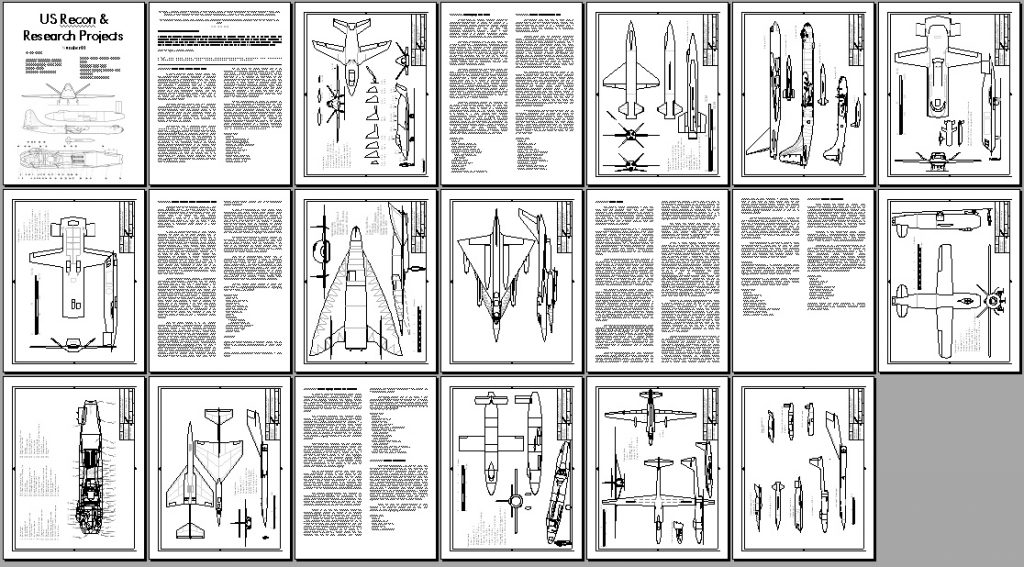Recently there’s been news of efforts to raise admissions prices to some of the more popular National Parks such as Yellowstone and Yosemite, due to increasing costs. Often left unsaid is that these parks tend to be *packed* with visitors. The sheer numbers are enough to ruin the experience; then factor in the physical damage that is done and it’s easy to see that it would be a good idea to cut down on the number of visitors. So, how to go about that? The current suggestion of simply raising the admissions prices to, say $70 per vehicle would help raise funds, but I have doubts about whether that’s enough to cut the number of visitors… $70 is a tiny fraction of the cost involved for most vacationers.
There is also the fact that National Parks are supposed to be available to all the people. Jacking up the cost has already been portrayed as an Evil Scheme to punish poor people. So, what alternatives do we have?
1: Jack the per-vehicle prices *way* up, say, $500 per car. But also institute an annual lottery available to all US citizens. A certain number of people are randomly selected to receive a free entry pass. They can sell it if they like.
2: Keep the current entry price the same for US citizens, but raise it through the roof for foreigners. This would necessitate that everyone’s IDs would be checked, adding a level of TSA-madness to the entry process. A car load of US citizens would pay $40 or whatever to gain entry; but if they have, say, one of their British buddies with them, the buddy has to pay an additional, oh, $200 to gain entry. A busload of Japanese tourists would raise a substantial mount of scratch to help offset the damage they might do by chasing the wildlife all over.
3: Stop allowing cars and buses in *at* *all.* Run a thorough shuttle bus service… at a substantial ticket price.
Any other ideas?
